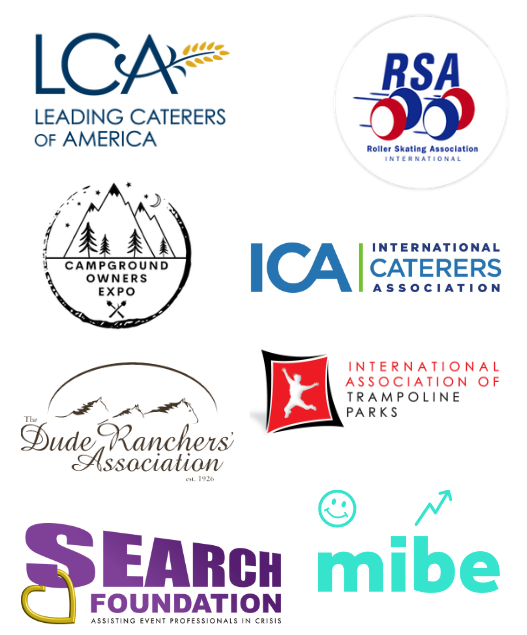Preparing For The Catering Busy Season. Tips for Catering Success!
/The busy season is just around the corner, and every caterer knows that planning for this uptick in events begins as early as an entire year in advance! Without the right strategies, the busy season can easily lead to mounds of papers, scrambling to staff an event, or much-needed supplies potentially not arriving in time. So, how can caterers prepare to not only avoid last-minute headaches, but also ensure the success of their business? Let’s take a closer look at some strategies caterers of all sizes can implement to tackle the busy season head-on.
When is the catering busy season?
The catering busy season typically begins picking up around Mother’s Day in mid spring and carries on well into the end of the year. This season is marked by several major holidays hallmarked by large social gatherings and fellowship, coupled with graduation parties, weddings, and corporate events.
Spring (March - June)
Weddings
Graduations
Proms
Spring holidays like Easter/Passover
Corporate events/meetings
Late-Spring into Summer (May-August)
Weddings (one of the most popular times to get married)
Graduation parties
Summer parties/barbecues
Corporate summer outings
Fall (September - November)
Corporate event season picks up
Holiday parties, starting in late fall
Thanksgiving celebrations
How can caterers prepare for the busy season?
Navigating the peak catering season doesn’t have to be overwhelming. Here are some tips for catering businesses of all sizes to get a jump on their planning:
Staff appropriately - Hire extra servers, chefs, bartenders to handle increased volume without compromising service.
Streamline operations - Implement efficient processes for order-taking, food prep, packaging, and deliveries to boost productivity.
Order supplies well in advance - Stock up on food, disposables, linens, etc. with ample lead time to avoid shortages.
Book early and manage schedule tightly - Encourage advance bookings and use detailed scheduling to prevent double-bookings.
Increase prices moderately - Slight price hikes are acceptable if providing exceptional value.
Market aggressively - Advertise specials, packages, availability via targeted marketing campaigns.
Avoid overcommitting - Know limits and decline bookings exceeding execution capabilities.
Rent extra equipment temporarily - Refrigeration, cooking equipment, utensils can boost short-term capacity.
Leverage technology - Utilize software/apps to optimize routes, orders, payments for efficiency.
Support staff wellbeing - Offer incentives, bonuses, and ample breaks to prevent burnout.
How can caterers keep costs down during the busy season?
Despite preparation throughout the year, there is one factor that can make it difficult to manage the busy season, and that’s cost. Everything seems expensive nowadays, and caterers are faced with the challenge of balancing profit with pricing that allows them to stay competitive in their industry. This is where the right technology can be a game changer for caterers.
Food buying programs are designed to be a simple entry point for caterers who want to get ahead of the busy season by planning ahead while offering a tried-and-tested method for reducing the price of kitchen and food service costs.
Options like SB Value can save caterers up to 17% on their kitchen orders, which is a massive help when trying to balance the uptick in orders during the busy season. SB Value meets caterers where they are. They don’t have to change up their menus or what they buy. This Group Purchasing Organization (GPO) uses the power of numbers to negotiate with top food distributors to save caterers money. A dedicated staff, an expansive staff, and strategic negotiation come together to produce a program that should be on every caterer’s radar!
Options like SB Value pair remarkably well with catering management software to keep your catering business mobile. Rather than be tied to a stationary desk all day, you can take your catering planning with you wherever you are. Catering brings the party to its customers, and now, GPOs and catering software bring the busy season prep to you.
Preparation and flexibility are two powerful tools in a caterer’s arsenal when it comes to planning for the busy season.
Taking control of the busy season
With the right tools and strategies by your side, you can tackle anything the catering busy season throws your way. Want to learn more about SB Value, the go-to food-buying program for busy caterers? Check out their website or request a free quote today!
And, if you are interested in learning more about how catering software can help you stay ahead of your planning during the busy season and beyond, request a free demo with Total Party Planner.











